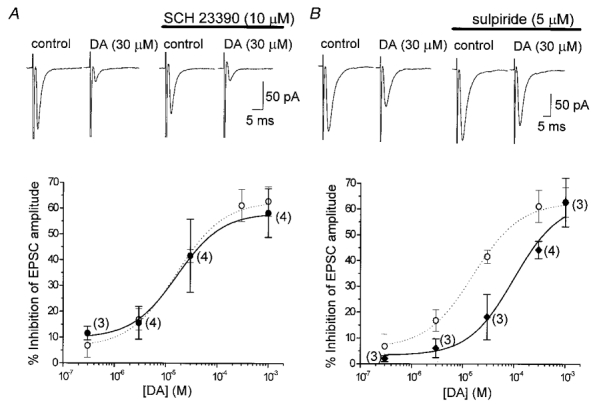Figure 5. Effects of DA receptor antagonists on DA-induced inhibition of EPSCs.

EPSCs were evoked at 0.2 Hz in the presence of bicuculline (20 μM), strychnine (0.5 μM) and D-AP5 (25 μM). Current traces in A and B are the averaged traces of 20 consecutive responses. The holding potential was −60 mV. All points represent means ± s.e.m. The numbers of neurones examined in the presence of each antagonist are given in parentheses. Note that the concentration-response curves of DA alone (○) are the same as in Fig. 3B. All of the neurones examined in the presence of either antagonist are included in the concentration-response curve of DA alone (○). A, lack of effect of the D1-like receptor antagonist SCH 23390 (10 μM) on DA (30 μM)-induced inhibition. SCH 23390 was perfused for 6 min after EPSCs recovered from DA-induced inhibition. Then DA was applied again in the continuous presence of SCH 23390. The concentration-response curve for EPSC inhibition remained unchanged in the presence of SCH 23390 (•) compared with the curve in the absence of SCH 23390 (○). The estimated IC50 value, maximum inhibition and Hill slope were 16.7 μM, 58.3% and 1.00, respectively. B, antagonizing effect of the D2-like receptor antagonist sulpiride (5 μM) on the DA (30 μM)-induced inhibition of EPSCs. Sulpiride was perfused for 6 min before the second application of DA after the EPSCs recovered from DA-induced inhibition. The concentration-response curve was shifted to the right in the presence of sulpiride (♦) from the curve without sulpiride (○), with the estimated IC50 value, maximum effect and Hill slope of 99.7 μM, 62.7% and 1.00, respectively.
